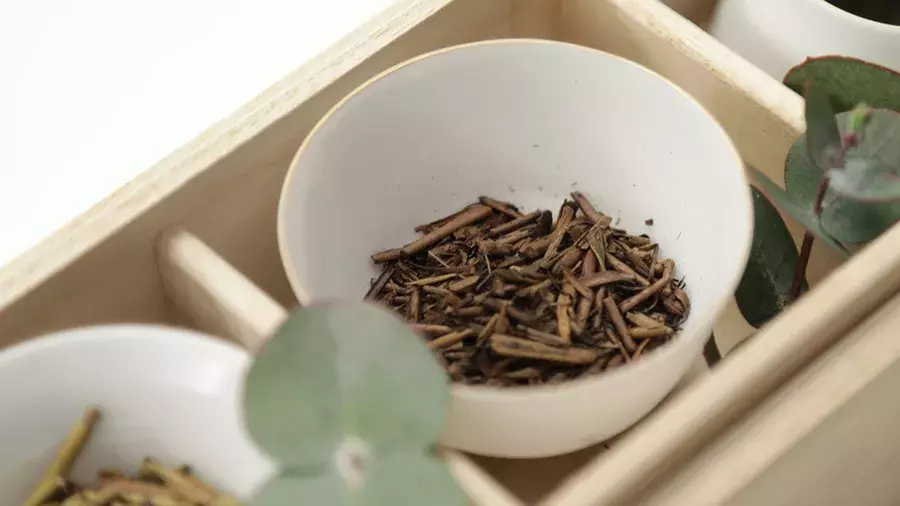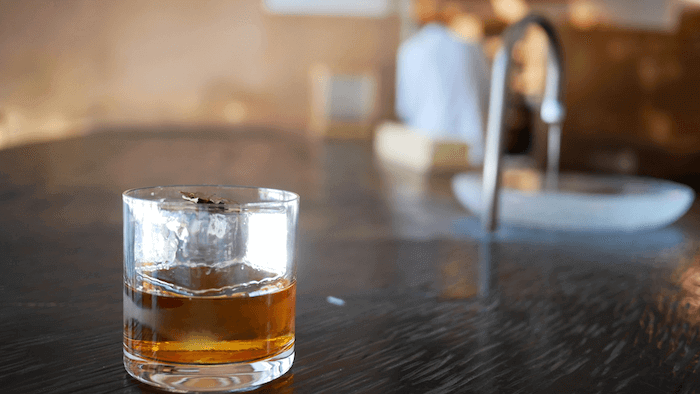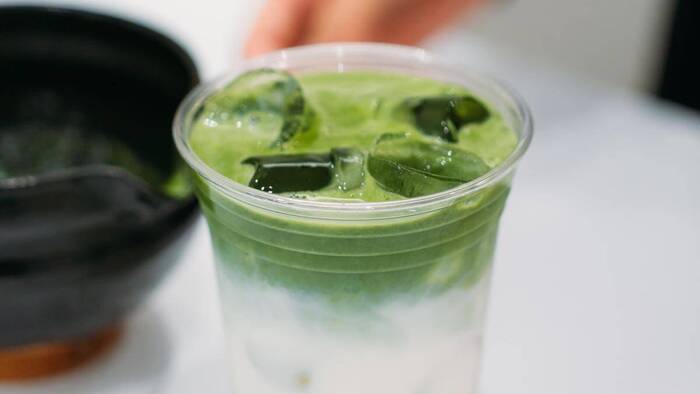
In the past few years, matcha has gone global. This classic powdered green tea has expanded far beyond its native Japan to become a worldwide phenomenon, from cutting-edge restaurants to the neighborhood Starbucks. Now, the popularity of matcha may be a gateway for diverse types of Japanese tea to have their spotlight on the international stage. Those who have been “reading the tea leaves” of food trends have been predicting that the next tea to hit the big time is hōjicha – the roasted, reddish-color tea with a distinct, savory flavor.
As Japan’s tea culture dates back over a thousand years, there are countless varieties in Japanese tea which differ at the level of the plant itself, its harvesting, its region, its mode of preparation and serving, and more (read a broad introduction to Japanese tea here). Green tea alone can have wildly different outputs, ranging from sencha, a predominant type of green tea, to other classifications like bancha which is harvested later in the season, or gyokuro, which comes from tea plants that have been grown in the shade instead of full sunlight. It’s this type of rarefied shade-grown leaves that are also ground down to create matcha powder. To create the most refined and high-priced teas, growers select only the highest-quality buds and leaves, often abandoning the rest of the leaves and stems as lower-grade tea or waste material. As tea agriculture transformed through modern machinery in the early part of the 20th century, there was even more byproduct in terms of leaf trimmings. In the 1920s, as the story goes, some merchants in Kyoto sought to transform even these leftovers into a viable tea product, and began experimenting with roasting them in porcelain pots over charcoal, inventing hōjicha in the process.
Though hōjicha is a relatively recent innovation in the realm of green tea, it’s already become a classic. But at first glance (or sip), it might surprise you that it’s green tea at all. Due to the roasting process, brewed hōjicha has an amber color, closer in hue to black or red tea. The taste is also unique – light yet slightly smoky and earthy, contrasting with the bittersweet of green tea; some have even compared it to caramel. Roasting helps remove some of the catechins that give green tea its astringency, as well as making hōjicha less caffeinated than traditional green tea. It’s therefore easy to drink before bed, or for children, the elderly, or anyone seeking to reduce their caffeine intake. The subtle, soothing flavor profile has also made it a natural pairing with after-dinner desserts, where it also frequently appears as an ingredient. Hōjicha has long been used in cakes, cookies, and even ice cream – a treat for all seasons, and one that’s less expensive than matcha powder for culinary use.
Following in matcha’s footsteps, recent years have seen a new embrace of hōjicha by savvy young consumers and tea artisans, with some specialty cafes and boutiques dedicated to it. Large chains are also jumping at the chance to launch hōjicha products, from a Starbucks “Hojicha Cream Frappuccino” to Nissin Foods’ instant noodles with hōjicha flavoring. Many cite hōjicha’s mellow flavor and versatility in foods from savory to sweet as a reason for its burgeoning popularity, as well as the lower levels of caffeine while retaining other health benefits of tea drinking. There are some niche international brands now exporting hōjicha to North America, and considering that hōjicha is sweeter than matcha, and has a roasted flavor comparable to coffee. As novel specialty foods and wellness traditions often spread quickly through social media platforms like Instagram, hōjicha seems to be poised to win a whole new audience.
Most importantly, whether baked in a sweet biscuit or steeped in a classic cup, hōjicha contains the same essential invitation of Japan’s tea heritage – to create a pause in one’s day to absorb the scents, sights, and delicate flavors of tea. This dark, toasty tea is just one vessel to carry the long tradition of Japanese tea and the many ways it can weave into and elevate our everyday lives.
Roasted Bancha (Hōjicha) Whiskey Recipe

Fragrant roasted bancha and hōjicha (roasted green tea) go well with whiskey aged in smoked barrels.
1. Soak 20g of roasted bancha or hōjicha from Kyoto in 500ml of whiskey and let it sit for 3 days.
2. Strain the tea leaves and pour into an old-fashioned glass filled with ice.
3. Sprinkle some roasted bancha or hōjicha leaves for decoration.
Additional Tea Article
A Cup of Innovation | The Continuing Journey of Japanese Tea


